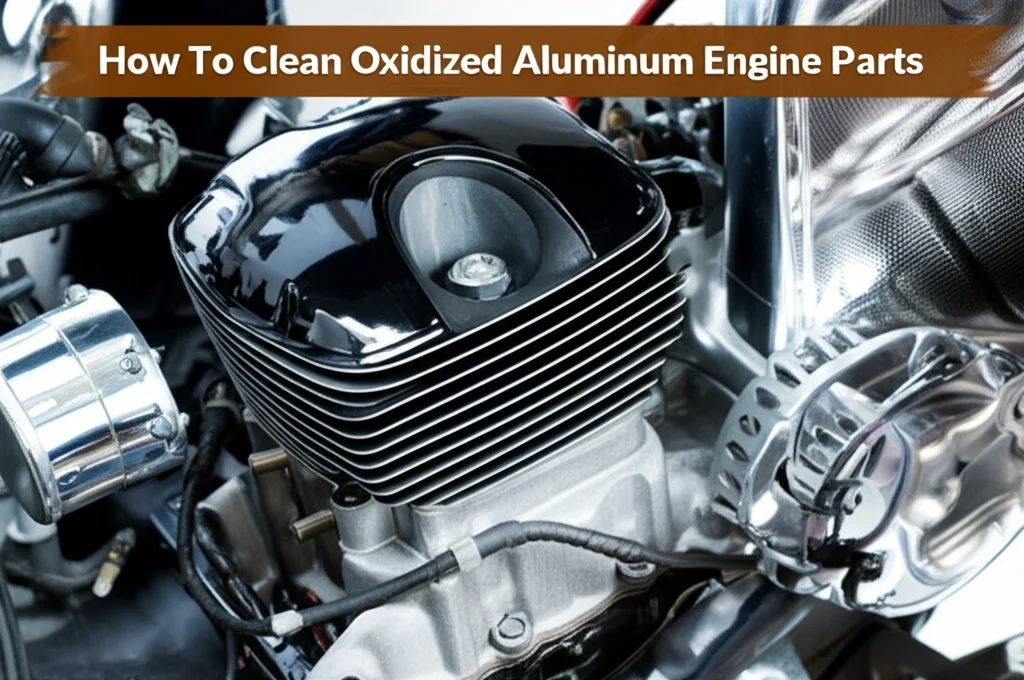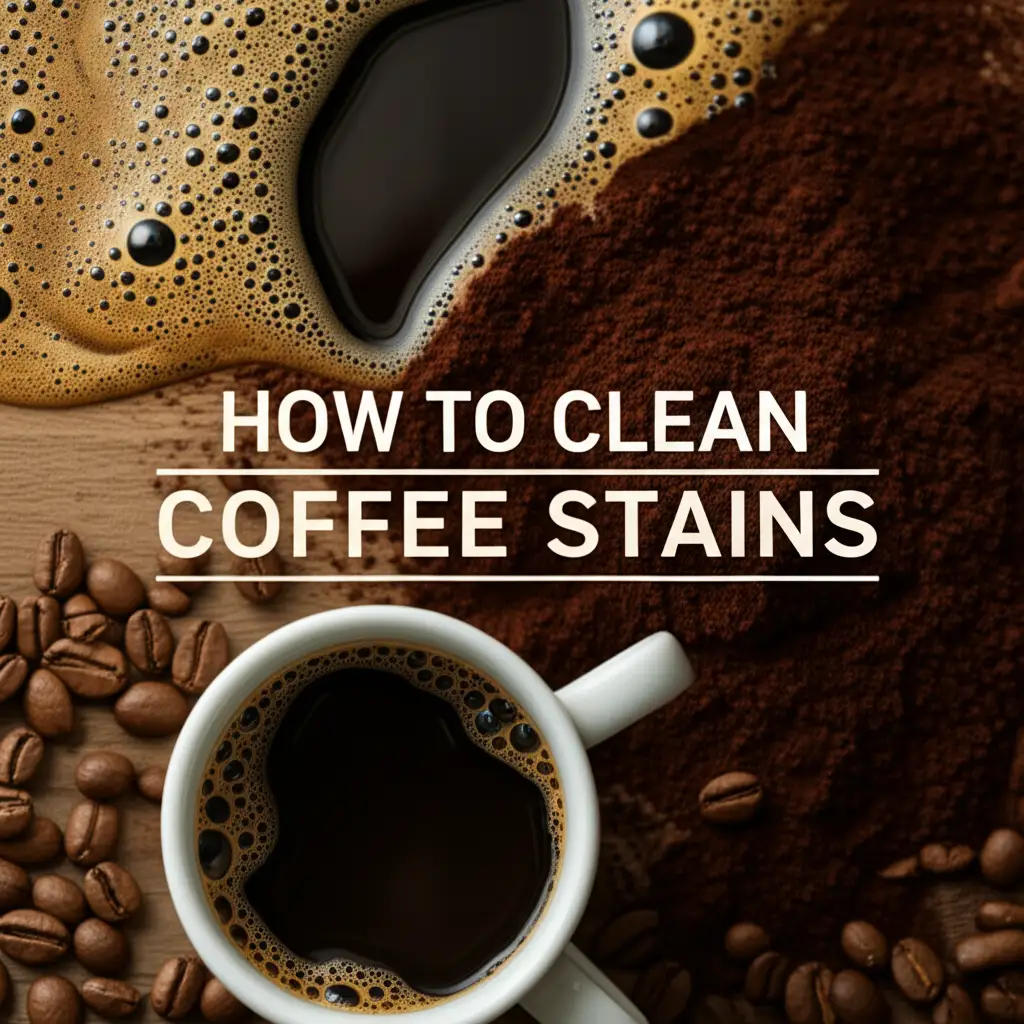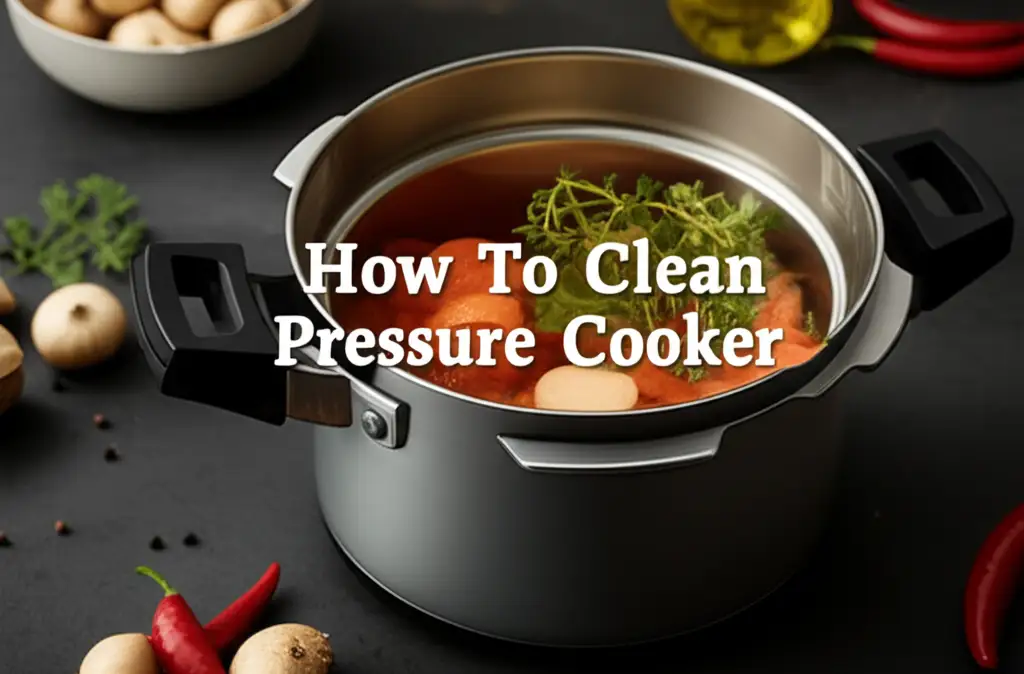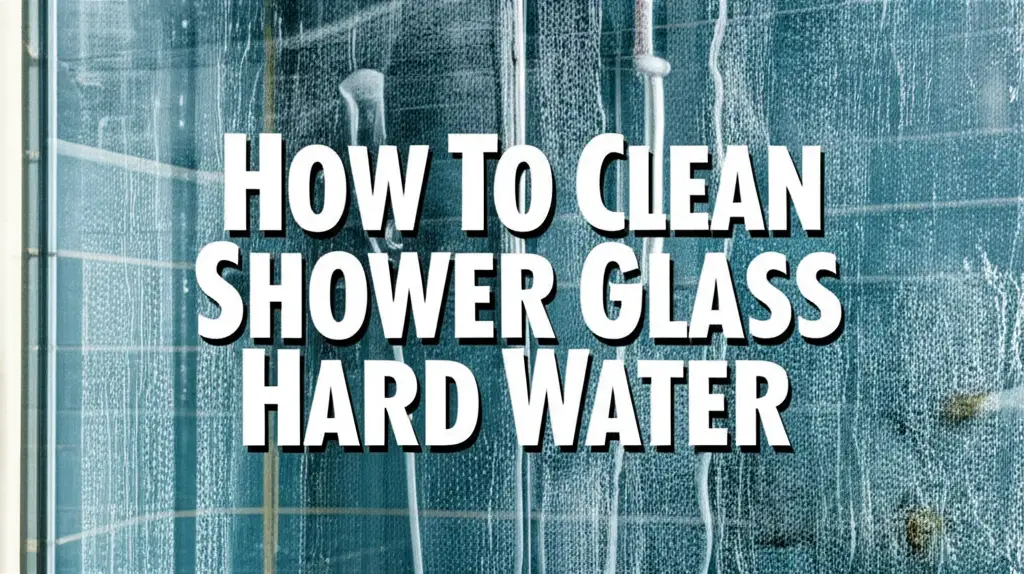· Metal Cleaning · 17 min read
How To Clean Aluminum Castings
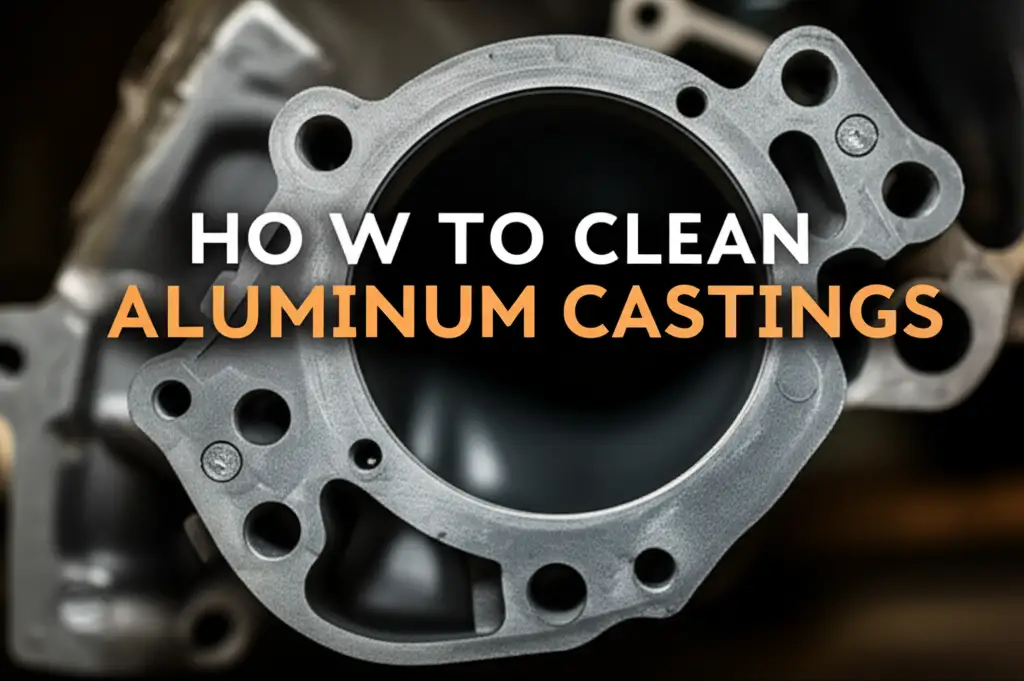
Restore & Clean Aluminum Castings: A Full Guide
Aluminum castings are versatile. Manufacturers use them in many items. You find them in car parts, patio furniture, and kitchenware. Over time, dirt, grime, and oxidation build up. This buildup makes your items look dull. It can also cause damage. Knowing how to properly clean aluminum castings is important. This keeps them looking good. It also extends their life.
I understand the challenge. Nobody wants their valuable aluminum items to look old and dirty. This article gives you a complete guide. You will learn the right methods and tools. We will cover basic cleaning to deep restoration. You will find fresh ideas here. You can make your aluminum castings shine again.
Takeaway
- Assess the Dirt: Identify the type and severity of dirt. This helps you choose the right cleaning method.
- Gather Supplies: Collect appropriate tools and cleaning agents. Safety gear is a must.
- Choose Your Method: Select a cleaning technique based on the dirt type. Options range from mild soap to stronger degreasers.
- Clean and Rinse: Follow a step-by-step process. Thoroughly rinse and dry the aluminum after cleaning.
- Protect: Consider applying a protective coating. This prevents future corrosion and maintains shine.
How do you clean aluminum castings?
You can clean aluminum castings effectively by first removing loose dirt. Then, apply a mild detergent or specialized aluminum cleaner. Scrub the surface gently with a soft brush. Rinse the casting thoroughly with water. Finally, dry it completely to prevent water spots and oxidation.
Understanding Aluminum Castings and Their Dirt
Aluminum castings are made by pouring molten aluminum into a mold. This process creates strong, lightweight, and complex shapes. You find these items in many places. Car engine parts, outdoor furniture, and machinery components often use cast aluminum. Its durability makes it a popular material.
However, aluminum reacts with its environment. This reaction can lead to various types of dirt. Understanding these types helps you clean better. Dirt includes general grime, grease, and oxidation. I will explain each one. This helps you prepare for the cleaning task ahead.
Common Types of Dirt and Corrosion
- General Dirt and Grime: This is common surface dirt. It comes from dust, mud, and everyday use. It often looks like a dull film. This type of dirt is usually easy to remove.
- Grease and Oil: Engine parts or kitchen items often get greasy. Grease is sticky. It attracts more dirt. This type of residue needs stronger cleaning agents. Special degreasers work best here.
- Oxidation: This is the most common issue for aluminum. Aluminum reacts with oxygen in the air. This forms a white, chalky layer. This layer is aluminum oxide. It protects the metal but looks bad. Severe oxidation can pit the surface. This needs specific removal methods.
Why does proper cleaning matter? Regular cleaning stops dirt from building up. It prevents severe oxidation. A clean casting looks good. It also functions better. For example, a clean engine part dissipates heat more effectively. Your items will last longer with proper care. You get to enjoy them for years.
Essential Tools and Supplies for Cleaning Aluminum Castings
Before you start cleaning, you need the right tools. Having everything ready makes the job easier. It also ensures safety. You do not want to stop midway to grab something. I always lay out my supplies first. This helps me work efficiently.
The tools you need depend on the dirt level. For light cleaning, simple items work. For heavy tasks, you might need special chemicals. Always prioritize safety.
Basic Cleaning Tools
- Soft Brushes: Nylon brushes work well for general scrubbing. They do not scratch the surface.
- Sponges and Microfiber Cloths: These are good for applying cleaners. They also help with wiping and drying.
- Buckets: You will need one for cleaning solution and one for rinse water.
- Garden Hose or Pressure Washer: These help with rinsing large items. Be careful with high pressure. It can damage soft aluminum.
- Stiff Brushes (Caution): For very stubborn dirt, a stiff nylon or even a brass brush can work. Do not use steel wool. Steel wool can scratch aluminum badly. It can also embed tiny steel particles. These particles will rust and stain the aluminum.
Cleaning Agents and Solutions
- Mild Dish Soap: This is good for light dirt and grease. Mix it with warm water. It is safe for most surfaces.
- Commercial Aluminum Cleaners: These products are made for aluminum. They often contain mild acids or alkalis. They target oxidation and stains. Always read the product label.
- Degreasers: For heavy grease, a strong degreaser is necessary. Look for products designed for automotive or industrial use. My personal experience shows these work wonders on greasy engine parts.
- Natural Acidic Solutions: White vinegar or lemon juice can remove light oxidation. Mix them with water. These are gentler options. They are good for small items.
- Cream of Tartar Paste: Make a paste with cream of tartar and water. This is good for light stains. Rub it on and let it sit. Then wipe it off.
Safety Gear
- Gloves: Chemical-resistant gloves protect your hands. This is important when using strong cleaners.
- Eye Protection: Safety goggles protect your eyes from splashes. Always wear them.
- Ventilation: Work in a well-ventilated area. This prevents inhaling chemical fumes. Open windows or work outdoors.
Gathering these items before you start saves time. It makes the cleaning process smooth. You will be ready for any challenge the aluminum casting presents.
Step-by-Step Guide to Basic Cleaning of Aluminum Castings
Cleaning aluminum castings does not have to be difficult. For general dirt and light grime, a simple approach works best. This method is effective for maintaining the appearance of your cast aluminum items. It helps prevent deeper stains. I use this process regularly for my outdoor furniture.
This section covers the basic steps. It includes pre-cleaning inspection and light cleaning methods. Following these steps helps you achieve good results. You also learn to prepare for deeper cleaning if needed.
Pre-Cleaning Inspection
Before you start scrubbing, look at the casting.
- Identify the Dirt: What kind of dirt is it? Is it just dust and mud? Or do you see grease and white powdery spots (oxidation)?
- Check for Damage: Look for cracks, deep scratches, or pitting. These areas might need gentler cleaning.
- Test a Spot: If you are unsure about a cleaning product, test it. Apply a small amount to an inconspicuous area. See how the aluminum reacts. This prevents accidental damage.
Light Cleaning Methods
For everyday dirt, follow these steps:
- Rinse Off Loose Dirt: Use a garden hose to rinse the casting. This removes loose dust, mud, and debris. A gentle spray is usually enough. For larger items like patio furniture, this step is crucial.
- Prepare Cleaning Solution: Mix a few drops of mild dish soap with warm water in a bucket. Stir it until suds form.
- Apply and Scrub: Dip a soft brush or sponge into the soapy water. Gently scrub the entire surface of the aluminum casting. Work in small sections. Focus on areas with visible dirt. Avoid harsh scrubbing. Aluminum can scratch.
- Rinse Thoroughly: Use your garden hose to rinse the casting again. Make sure to remove all soap residue. Leftover soap can leave streaks or attract new dirt. Rinse until the water runs clear.
- Dry Completely: Dry the aluminum casting immediately. Use a clean, dry microfiber cloth. Air drying can leave water spots. This is especially true if you have hard water. Drying prevents new oxidation from forming quickly.
This basic cleaning method works well for routine maintenance. It keeps your aluminum castings looking fresh. If you see stubborn stains or heavy oxidation after this, then you need to move to stronger methods.
Tackling Stubborn Stains and Oxidation on Aluminum Castings
Sometimes, basic cleaning is not enough. Aluminum castings often develop tough stains or significant oxidation. Oxidation appears as a white, chalky film. It can make items look old and neglected. Removing these issues requires more targeted solutions. I have found certain methods work best for these challenges.
This section details how to remove stubborn issues. We will look at both chemical and mechanical methods. Remember to always work safely.
Chemical Methods for Oxidation and Stains
- Vinegar and Water Solution: For light to moderate oxidation, mix equal parts white vinegar and water.
- Apply the solution to the affected area.
- Let it sit for 5-10 minutes.
- Scrub gently with a soft brush or non-abrasive pad.
- Rinse thoroughly and dry. The mild acid helps dissolve the oxide layer.
- Lemon Juice and Cream of Tartar Paste: This is another natural option.
- Mix lemon juice with cream of tartar to form a paste.
- Apply the paste to the oxidized spots.
- Let it sit for 15-30 minutes.
- Gently rub with a soft cloth.
- Rinse well and dry.
- Commercial Aluminum Cleaners: Many products specifically target aluminum oxidation.
- These cleaners contain stronger acids or alkalis.
- Follow the manufacturer’s instructions precisely.
- Apply the cleaner. Allow it to work for the recommended time.
- Scrub with a non-abrasive pad or brush.
- Rinse immediately and thoroughly. Ensure you clean away all traces of the cleaner. This prevents damage to the aluminum. If you are cleaning larger items like cast aluminum patio furniture, a commercial cleaner can save you a lot of effort. Check out specific guides like how to clean oxidation from aluminum for more in-depth advice.
Mechanical Methods for Heavy Buildup
- Fine-Grit Sandpaper or Scotch-Brite Pads: For very heavy oxidation or deep stains, gentle abrasion works.
- Start with very fine-grit sandpaper (e.g., 600-grit or higher).
- Or use a gray or white Scotch-Brite pad.
- Rub in one direction. Apply light pressure.
- Be careful not to over-sand. You only want to remove the oxidation layer.
- This method is good for cleaning oxidized aluminum wheels, where a smooth finish is desired.
- Wire Brushes (Brass or Stainless Steel): For extremely stubborn spots, a brass wire brush can work.
- Brass is softer than aluminum. It is less likely to scratch.
- Use with light pressure.
- Always test in a hidden spot first.
- Never use steel brushes. They can embed steel particles. These particles will rust on your aluminum.
- Soda Blasting: This is a professional method. It uses baking soda as an abrasive.
- It is very gentle. It removes oxidation without damaging the aluminum surface.
- This is a good option for delicate or intricate castings. I have seen great results with soda blasting on vintage car parts.
After using any of these methods, rinse the aluminum thoroughly. Dry it completely. Consider applying a protective coating next. This step helps prevent future oxidation. It keeps your cleaned aluminum castings looking great for longer.
Degreasing and Deep Cleaning Aluminum Castings (Engine Parts, etc.)
Aluminum castings often serve in environments where they accumulate heavy grease and oil. Engine parts, for example, are constantly exposed to lubricants and fuel residues. These substances form a stubborn, baked-on grime that basic cleaning cannot touch. I know this from working on my own car’s engine components.
This section focuses on powerful methods. They are specifically for removing thick layers of grease and carbon buildup. These methods often involve stronger chemicals or specialized equipment. Always take safety seriously here.
Removing Heavy Grease and Carbon
- Commercial Degreasers: These are specifically formulated to cut through grease.
- Look for automotive or heavy-duty degreasers.
- Spray the degreaser onto the greasy casting.
- Let it soak for the time specified by the product. This allows it to break down the grease.
- Use a stiff nylon brush to scrub the softened grime. Pay attention to crevices.
- Rinse thoroughly with hot water if possible. Hot water helps wash away dissolved grease.
- Products designed for how to clean aluminum engine parts are ideal here. They target common engine residues.
- Solvent-Based Cleaners: For very stubborn, baked-on carbon or old grease, solvents might be necessary.
- These are strong chemicals. They can include mineral spirits, acetone, or specialized engine cleaners.
- Always work in a well-ventilated area. Wear heavy-duty gloves and eye protection.
- Apply the solvent with a brush. Let it penetrate the grime.
- Scrub with a wire brush (brass or stainless steel) if needed.
- Rinse very well with water. Some solvents may require specific rinsing agents. Check the product instructions.
Advanced Cleaning Techniques
- Ultrasonic Cleaning: This method uses high-frequency sound waves. These waves create tiny bubbles in a cleaning solution.
- The bubbles collapse, creating a scrubbing action. This is called cavitation.
- Ultrasonic cleaners are excellent for intricate parts. They reach tiny crevices.
- You place the aluminum casting into a tank with a cleaning solution.
- This method is very effective for cleaning complex items like an aluminum intake manifold or aluminum valve covers where manual scrubbing is difficult.
- Different solutions are available for degreasing, carbon removal, or general cleaning.
- Vapor Blasting (Aqua Blasting): This is a specialized process. It uses a mix of water and fine abrasive media.
- It is less aggressive than dry sandblasting.
- It cleans and peens the surface. This leaves a satin, factory-like finish.
- Vapor blasting is ideal for restoring old engine components. It removes oxidation and grime without damaging the metal. This method is often done by professional shops.
- Caustic Solutions (Extreme Caution): Some extremely dirty industrial aluminum castings might use strong alkaline solutions.
- These solutions are very corrosive. They can etch aluminum if used improperly.
- This is typically for professional use only.
- I strongly advise against using these at home. They pose serious safety risks.
After any deep cleaning, ensure the casting is completely dry. For engine parts, apply a light coat of oil. This prevents flash rusting on internal steel components and protects the aluminum from immediate re-oxidation if exposed to moisture.
Restoration and Polishing Aluminum Castings
Once your aluminum casting is clean, you might want to restore its original luster. Cleaning removes dirt and oxidation. Polishing brings back the shine. This step transforms a dull, cleaned surface into a bright, attractive one. It makes your efforts truly visible.
I love seeing the transformation of aluminum from dull to gleaming. This process adds a protective layer too. It helps keep the casting looking good for longer.
Bringing Back the Shine
- Polishing Compounds: These compounds contain fine abrasives. They smooth out the aluminum surface.
- Start with a coarser compound for light scratches or hazy finishes.
- Move to a finer compound for a mirror-like shine.
- Apply a small amount of compound to a clean cloth or a polishing wheel.
- Rub it onto the aluminum surface in small sections. Work in circular motions.
- Products used for how to clean polish aluminum wheels often work well for castings.
- Buffing Wheels: For larger or more intricate castings, a buffing wheel on a drill or bench grinder is efficient.
- Use different types of wheels for different stages of polishing.
- Apply polishing compound to the spinning wheel.
- Gently press the aluminum casting against the wheel. Keep it moving to avoid overheating.
- Wear gloves and eye protection. Buffing can throw off small particles.
Applying Protective Coatings
After polishing, the aluminum surface is exposed. It will oxidize again over time. Applying a protective coating helps prevent this. It locks in the shine.
- Waxes and Sealants:
- Automotive waxes or specialized metal sealants offer good protection.
- Apply a thin layer of wax or sealant to the polished aluminum.
- Let it haze. Then buff it off with a clean microfiber cloth.
- Reapply every few months. This maintains the protective barrier.
- Clear Coats/Lacquers: For long-term protection, a clear coat or lacquer is effective.
- These are durable coatings. They physically seal the aluminum surface.
- They are good for outdoor items or parts exposed to harsh conditions.
- Choose products designed for metals.
- Spray or brush on multiple thin layers.
- Allow each layer to dry completely before applying the next.
- Clear coats can sometimes chip or yellow over many years. Consider your application.
Polishing and protecting takes extra time. However, it significantly extends the life and beauty of your aluminum castings. It is a worthwhile step for any restoration project.
Safety Precautions and Best Practices for Cleaning Aluminum Castings
Cleaning aluminum castings involves chemicals and sometimes abrasive tools. Your safety is paramount. Accidents happen fast. Taking simple precautions prevents injuries. I always put safety first. It ensures a positive cleaning experience.
This section highlights important safety tips. It also covers best practices. These practices help you achieve the best results. They also protect your aluminum castings from damage.
Essential Safety Measures
- Personal Protective Equipment (PPE):
- Gloves: Always wear chemical-resistant gloves. This protects your skin from harsh cleaners.
- Eye Protection: Safety goggles are a must. They shield your eyes from splashes, dust, or flying debris.
- Respiratory Protection: If working with strong fumes or fine dust (like during sandblasting), wear a respirator. Ensure proper ventilation.
- Ventilation: Work in a well-ventilated area. This is crucial when using any chemical cleaner. Open windows and doors. Work outdoors if possible. Good airflow reduces fume inhalation.
- Read Labels: Always read product labels. Pay attention to usage instructions, warnings, and first aid information. Different products have different requirements.
- Test in an Inconspicuous Area: Before applying any cleaner to the entire casting, test it. Choose a small, hidden spot. Apply the cleaner. Wait a few minutes. Check for discoloration or damage. This prevents ruining your item.
- Proper Storage and Disposal: Store cleaning chemicals safely. Keep them out of reach of children and pets. Dispose of used chemicals and soiled rags properly. Follow local regulations for hazardous waste. Never pour chemicals down the drain without checking.
Best Practices for Optimal Results
- Work in Sections: For large castings, clean one section at a time. This keeps cleaners from drying on the surface. It ensures even cleaning.
- Rinse Thoroughly: After cleaning, rinse the aluminum completely. Any leftover cleaner can cause streaks, stains, or continued chemical reaction.
- Dry Immediately: Dry the aluminum casting right after rinsing. Use a clean, soft cloth. This prevents water spots and flash oxidation. Air drying can leave mineral deposits.
- Avoid Harsh Abrasives: Do not use steel wool, steel brushes, or overly aggressive sandpaper. These can scratch aluminum. They can also embed steel particles. These particles will rust.
- Maintain Regularly: Regular, light cleaning prevents heavy buildup. It makes future deep cleaning easier. Keep an eye on your aluminum items. Clean them as soon as they start looking dull.
- Consider the Type of Casting: Different castings need different approaches. Delicate artistic castings need gentler methods. Engine parts can withstand more aggressive cleaning. Tailor your approach to the specific item.
By following these safety tips and best practices, you protect yourself. You also ensure your aluminum castings look their best for a long time. You will get great results without unnecessary risks.
FAQ Section
Q1: Can I use bleach to clean aluminum castings?
No, you should never use bleach on aluminum castings. Bleach, or sodium hypochlorite, reacts negatively with aluminum. It can cause severe discoloration, pitting, and even structural damage to the metal. Stick to cleaners specifically designed for aluminum or milder household products.
Q2: How often should I clean my aluminum castings?
The cleaning frequency depends on the casting’s use and environment. Outdoor patio furniture might need cleaning every few months or annually. Engine parts might need deep degreasing during engine maintenance. For general items, clean them when they start to look dull or dirty.
Q3: What causes white spots on aluminum castings, and how do I remove them?
White spots on aluminum castings are typically oxidation. This occurs when aluminum reacts with oxygen and moisture. You can remove light oxidation with a vinegar and water solution or lemon juice paste. For heavier oxidation, use a commercial aluminum cleaner or fine-grit abrasive pads.
Q4: Is it safe to clean aluminum castings in a dishwasher?
Generally, no, it is not safe to clean aluminum castings in a dishwasher. Dishwasher detergents are often too alkaline for aluminum. They can cause severe discoloration, corrosion, and permanent damage. Hand-wash aluminum castings with mild soap and water instead.
Q5: Can I sandblast aluminum castings?
Yes, you can sandblast aluminum castings, but use caution. Choose a gentle abrasive media like fine glass beads or plastic media. Avoid coarse sand or harsh abrasives, as they can pit or distort the aluminum surface. Soda blasting is an even gentler option.
Q6: How do I protect cleaned aluminum castings from future corrosion?
After cleaning, you can protect aluminum castings by applying a protective coating. Options include automotive waxes, specialized metal sealants, or clear coat lacquers. These coatings create a barrier that prevents moisture and oxygen from reaching the aluminum surface, slowing down oxidation.
Conclusion
Cleaning aluminum castings is a rewarding task. It can restore the beauty and function of your valuable items. You have learned many things today. You now understand what causes dirt and how to remove it. You know the importance of preparing properly. You also know how to keep yourself safe. My goal was to provide fresh, actionable ideas.
From basic washing to tackling tough oxidation and grease, you now have the tools. Remember to assess the dirt type first. Gather your supplies. Choose the right method. Always prioritize safety. A little effort in cleaning aluminum castings goes a long way. It ensures they look good and last for many years. Start your project today. You will be amazed by the results.

